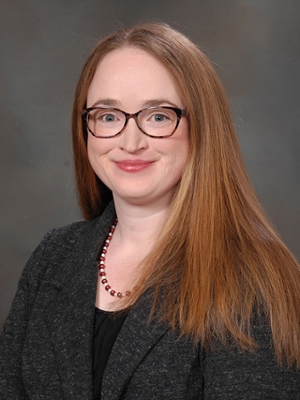
Dr. Gretchen Miller, associate professor in the Zachry Department of Civil and Environmental Engineering at Texas A&M University, has been elected to serve as the 2021 chair of the board of directors of the Consortium of Universities for the Advancement of Hydrologic Science, Inc. (CUAHSI).
CUASHI represents more than 140 academic and affiliate members, including nongovernmental organizations and international members. CUAHSI receives support from the National Science Foundation (NSF) to provide programs and services that support interdisciplinary water science advancement.
"I am excited to be serving as chair of the CUAHSI board of directors during 2021. The board develops CUAHSI's strategic plan and guides the overall direction of the nonprofit organization," she said. "My position as chair also means that I get more opportunities to meet and interact with water researchers from across the country."
CUAHSI is well known for its service to the hydrologic sciences research community, such as its Hydroshare Repository, an easy-to-use web-based hydrologic information system that enables users to share and publish data and models in a variety of flexible formats. The institute in partnership with the National Weather Service hosts the National Water Center Innovators Program Summer Institute each year to engage the academic community in research projects related to water prediction and flood forecasting.
"During my term in 2021, I plan to work to broaden CUAHSI's reach to those in undergraduate institutions and those groups traditionally underrepresented in the geosciences," Miller said. "I have been involved with our new diversity, equity and inclusion plan from its initial stages and am proud to be overseeing the developments coming directly from it, such as the expansion of our membership."
According to Miller, one of CUAHSI's newest projects is particularly important to her — acting as a coordinating hub for the National Science Foundation’s Critical Zone Collaborative Network. The critical zone is the near‐surface layer of the Earth including vegetation, soil, water and rocks, all of which are essential elements for supporting life. This hub will support discovery through community synthesis activities and through access to community data and modeling cyberinfrastructure, integrate and establish cyberinfrastructure and enhance collaboration among critical zone researchers.
"I consider myself to be part of that research community and am looking forward to the new networking and educational opportunities that CUAHSI will be organizing," she said. "It represents a chance to promote a rich field of interdisciplinary science and to keep current on new developments in it."